Flying with a pet can be a stressful experience, both for you and your furry companion. Whether you’re heading out for a vacation, moving to a new place, or taking a business trip, making sure your pet is safe and comfortable during the flight is crucial. The good news is that with a bit of preparation, you and your pet can have a smooth and enjoyable journey. Here are 9 essential tips from experienced pet travelers to help guide you through the process.
1. Consult Your Veterinarian Before the Flight
Before booking a flight, the first step in preparing to travel with your pet is to consult your veterinarian. Your vet will help ensure that your pet is in good health to fly. If your pet has any medical conditions or specific needs, it’s important to address these before the journey. Some pets may need a check-up right before you depart, so be sure to schedule a second appointment close to your flight date.
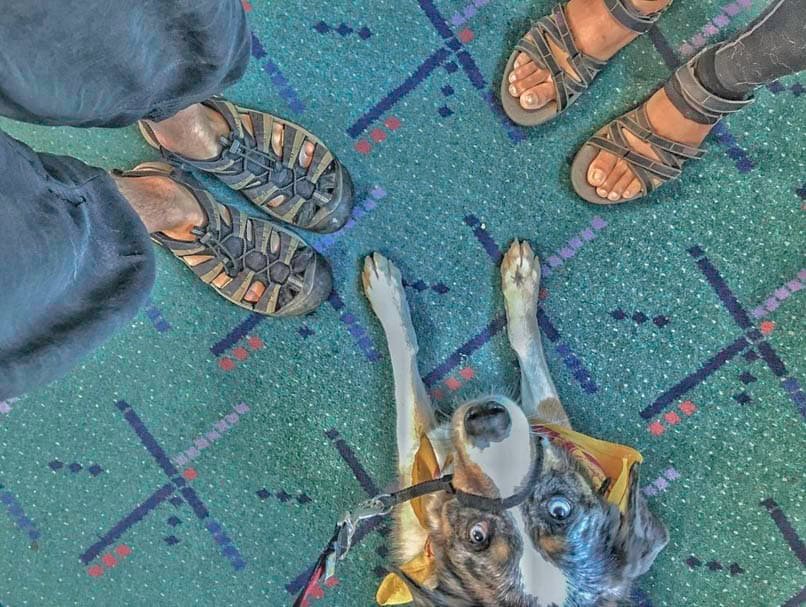
Additionally, some airlines require a health certificate that is no older than 10 days. Make sure to inquire with your vet about any specific travel requirements that may apply.
2. Check Breed Restrictions
Certain dog breeds, especially those with short noses like bulldogs, pugs, and boxers, may have restrictions for flying. These breeds are more susceptible to breathing issues, particularly in extreme temperatures. If you have one of these breeds, you’ll need to check with the airline regarding their specific rules. In some cases, short-nosed dogs may only be allowed to fly during cooler months, or you may need to choose cabin travel over cargo.
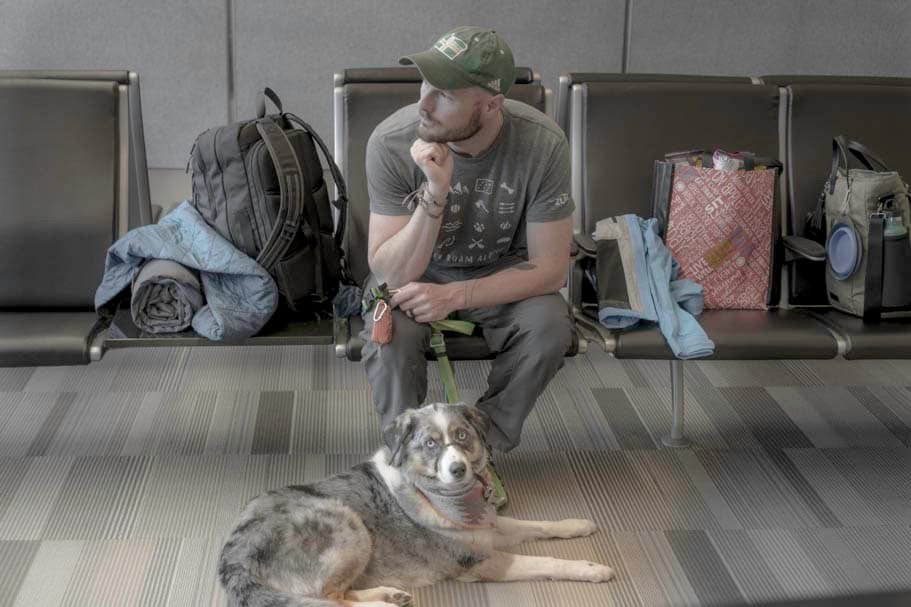
Always confirm with your airline about breed-specific restrictions before making your reservation to avoid any surprises.
3. Book Your Pet’s Reservation Early
Pet spots on flights are limited, and airlines typically allow only a small number of pets per flight. To avoid the stress of scrambling for a last-minute spot, book your pet’s reservation as early as possible. This is especially important if your pet will be flying in the cargo hold, or if you’re traveling internationally, as international pet travel often requires more advanced preparation.

The earlier you secure your pet’s spot, the better your chances of ensuring you travel on the dates and flights you prefer.
4. Get Your Pet Comfortable in Their Kennel
One of the most important steps in preparing your pet for the flight is helping them get comfortable with their travel kennel. A few weeks before your departure, start introducing your pet to their new carrier. Make it a cozy, positive space by placing their bed, some favorite toys, and even feeding them inside the kennel. This helps them associate the carrier with a safe, pleasant place.

Gradually start closing the door for short periods, increasing the time as your pet becomes more accustomed. If they show signs of anxiety, back off a step and try again later. A calm, relaxed pet will be much more comfortable during the flight.
5. Avoid Sedatives Unless Recommended by a Vet
While it might seem like a good idea to sedate your pet to help them relax, it’s generally not recommended. Sedatives can interfere with your pet’s ability to regulate body temperature, especially at high altitudes, and may make them more vulnerable to stress or medical issues. If your pet struggles with anxiety, consider alternatives like calming vests, anxiety-reducing treats, or CBD oil (be sure to check your airline’s regulations on CBD products before using them). Consult with your vet about the safest options for your pet.

6. Request Early Boarding
If you’re flying with a pet, you may be eligible for early boarding on some airlines. This allows you to get settled and make sure your pet is comfortable before the rush of passengers starts. It can be a great way to ease your own stress while also giving your pet extra time to adjust to the environment. Ask the gate agents about early boarding availability, as this can make the boarding process less hectic and more relaxed.
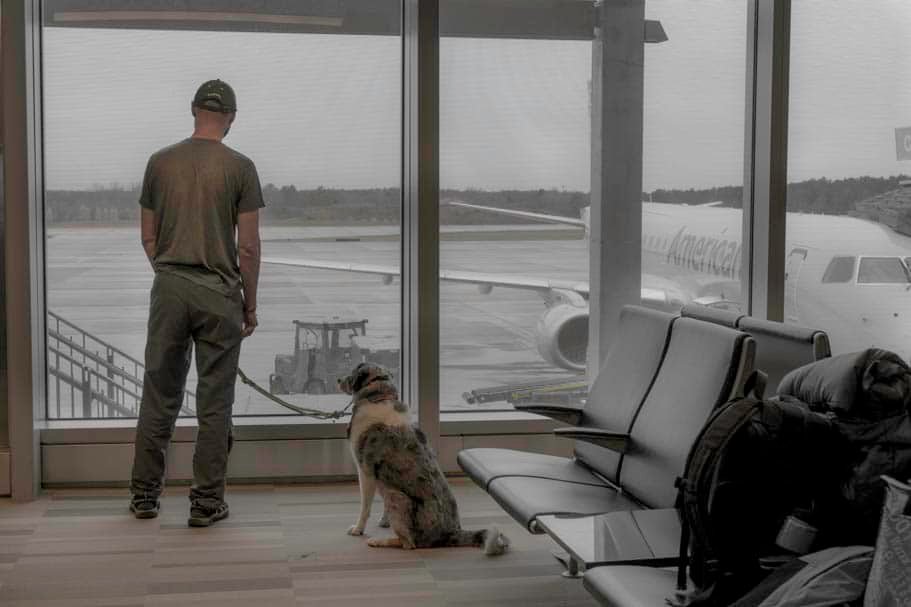
7. Have All Required Documents Ready
Each airline has its own set of requirements for pet travel, and you’ll need to make sure you have all the necessary documents at hand. Health certificates, vaccination records, and sometimes even permits for international travel should be easily accessible. Keep these documents in a folder or envelope so you can quickly provide them when asked by airline staff.
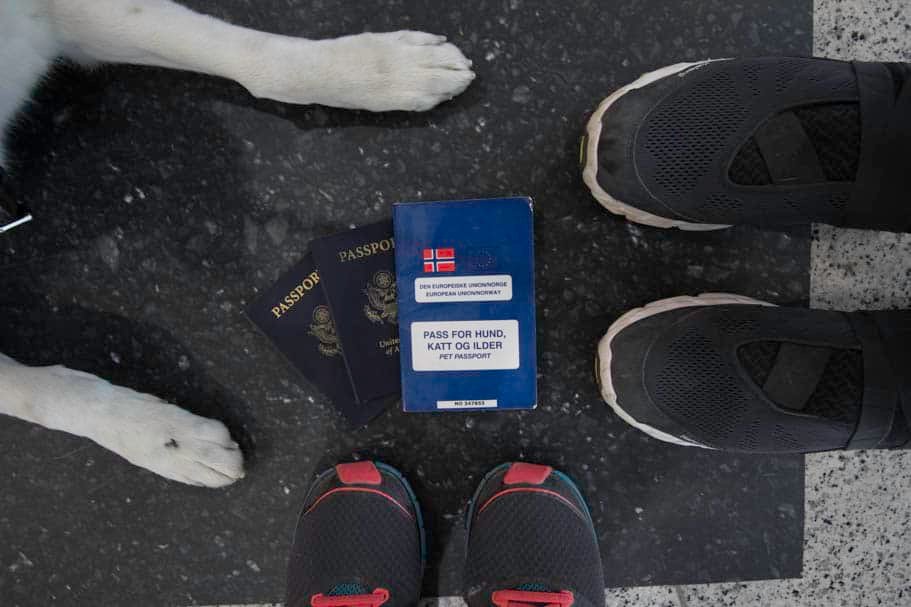
Being organized and prepared can save you time and reduce any unnecessary anxiety at the airport.
8. Locate Pet Relief Areas
Many airports now offer pet relief areas, but they can be hard to find if you’re unfamiliar with the airport layout. Before your flight, take the time to locate the nearest pet relief area in case your pet needs a potty break during a layover. Some airports even have detailed maps available online. If you’re unsure, ask the airline staff or a gate agent for directions.

While your pet might not always use these designated areas (especially if they’re indoors or on unusual surfaces), it’s always a good idea to bring some puppy pads just in case. These can be especially useful if your pet gets anxious or refuses to use the designated space.
9. Bring a Chew Toy for Takeoff and Landing
Pets, like humans, can experience discomfort due to the pressure changes during takeoff and landing. If your pet is prone to pawing at their ears or shaking their head, consider giving them a chew toy or a hard, chewy treat to help relieve some of the pressure. The act of chewing can help relieve ear discomfort and make your pet feel more at ease during these moments.
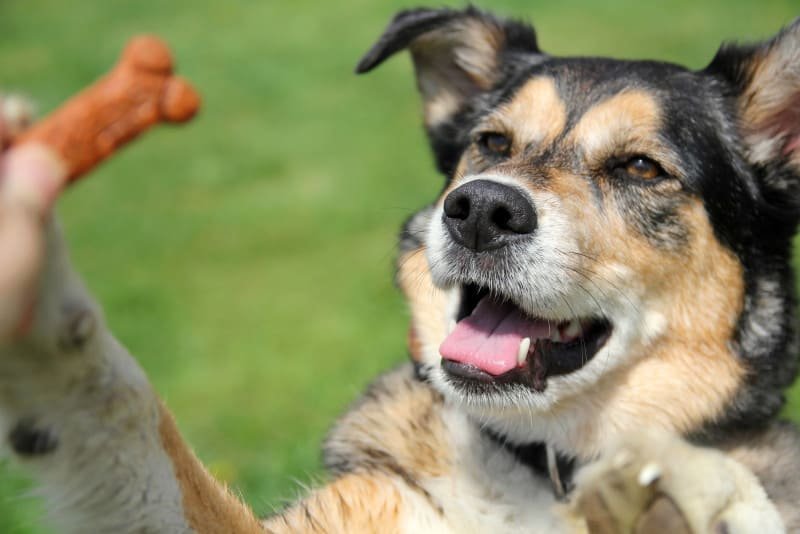
A familiar toy or treat can also provide a comforting distraction and help your pet stay calm during the more intense parts of the flight.
Final Thoughts
Flying with your pet may seem overwhelming at first, but with the right preparation, it can be a smooth experience for both of you. The key is planning ahead, being informed about airline requirements, and helping your pet adjust to the experience long before the flight. By following these nine tips, you’ll be setting both you and your pet up for a safe, stress-free journey.
Remember, millions of pets fly each year, and with proper care and attention, your pet will likely arrive safely and happily at your destination. Safe travels!


